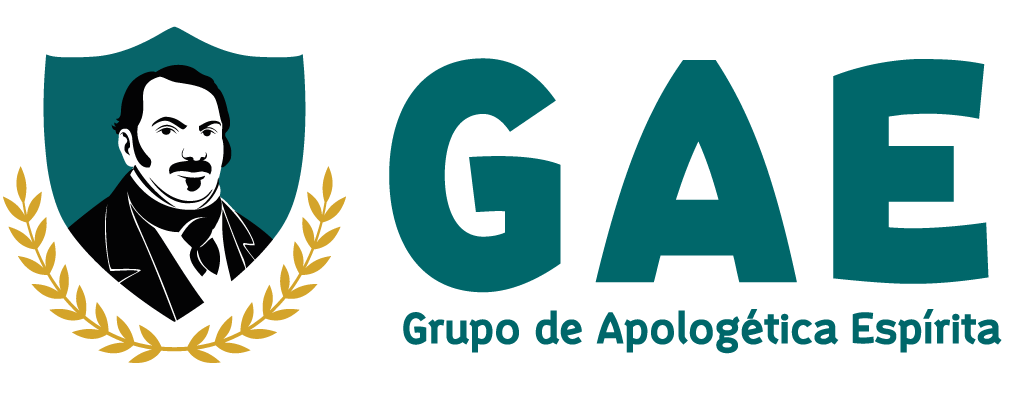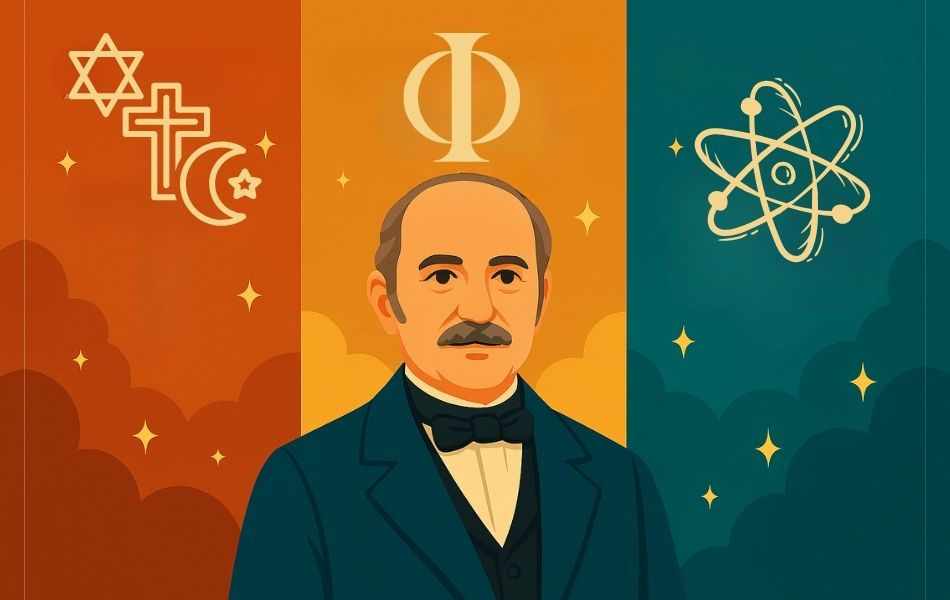|
Getting your Trinity Audio player ready...
|
Resumo: O texto discute a natureza do Espiritismo como religião, analisando as diferentes declarações de Allan Kardec ao longo do tempo. Inicialmente apresentado como ciência, Kardec posteriormente o definiu como religião no sentido filosófico, enfatizando a fraternidade e a moralidade, mas distinguindo-o das religiões tradicionais pela ausência de estrutura formal e hierarquia. Herculano Pires complementa a discussão, apresentando o Espiritismo como uma tríplice estrutura de ciência, filosofia e religião, diferenciando-o por sua profundidade moral e espiritual. O texto conclui que, apesar das nuances terminológicas, o Espiritismo é reconhecido como religião, inclusive pelo IBGE.
Palavras-chaves: natureza do Espiritismo, religião, ciência, filosofia, Allan Kardec, fraternidade, moralidade, estrutura formal, hierarquia, Herculano Pires, tríplice estrutura, profundidade moral, profundidade espiritual, IBGE.
Abstract: The text discusses the nature of Spiritism as a religion, analyzing the different statements made by Allan Kardec over time. Initially presented as a science, Kardec later defined it as a religion in the philosophical sense, emphasizing fraternity and morality, but distinguishing it from traditional religions by the absence of formal structure and hierarchy. Herculano Pires complements the discussion, presenting Spiritism as a triple structure of science, philosophy and religion, differentiating it by its moral and spiritual depth. The text concludes that, despite the terminological nuances, Spiritism is recognized as a religion, including by the IBGE.
Keywords: nature of Spiritism, religion, science, philosophy, Allan Kardec, fraternity, morality, formal structure, hierarchy, Herculano Pires, triple structure, moral depth, spiritual depth, IBGE.


